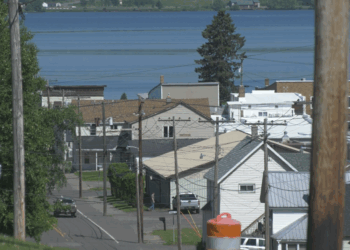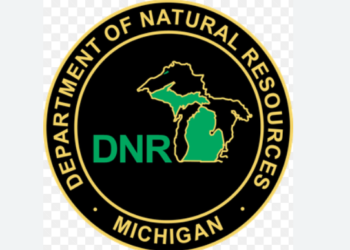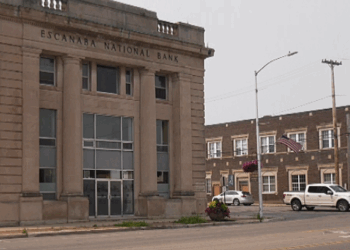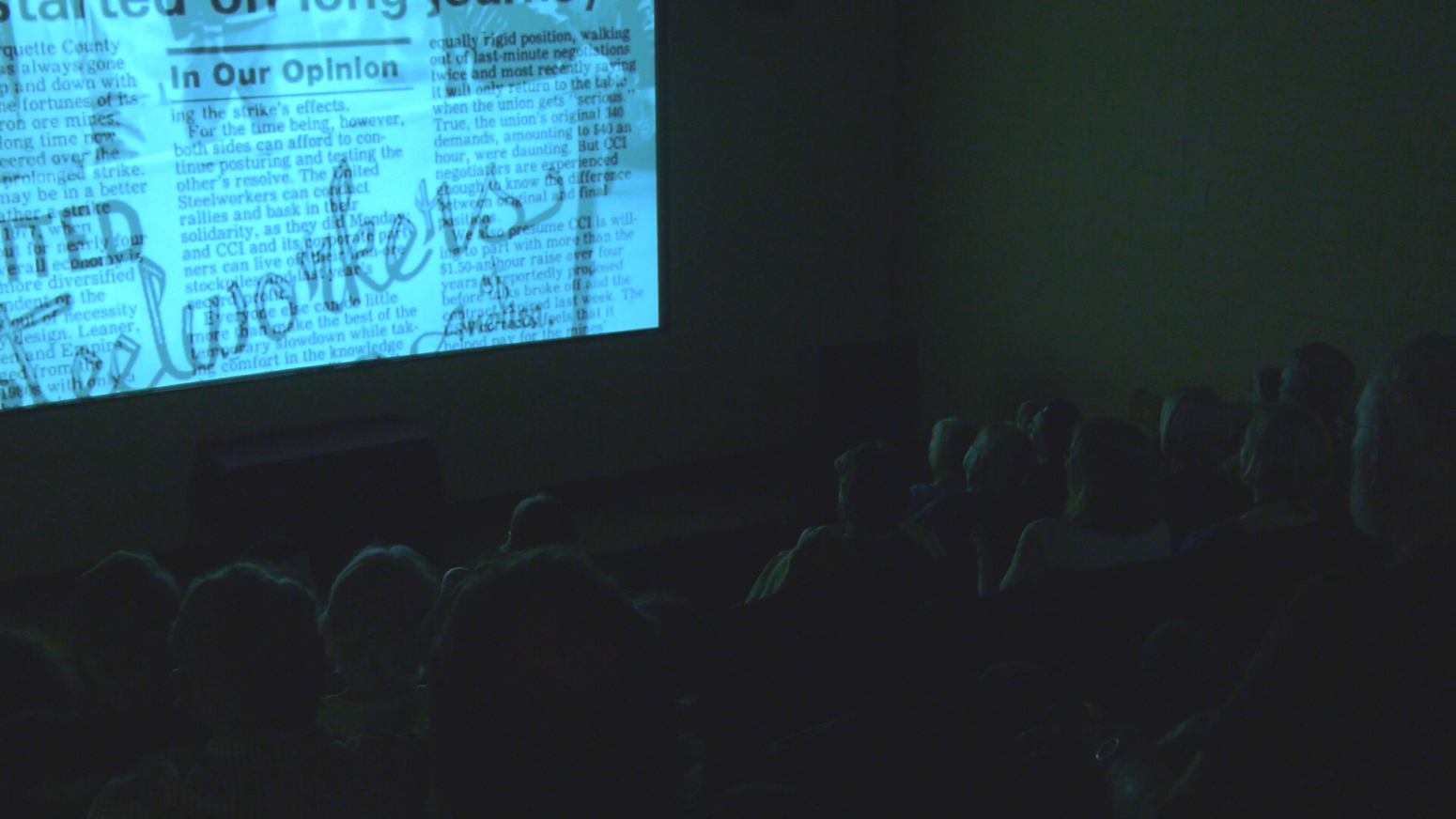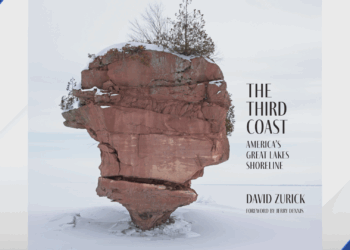During the 1930s, a persistent drought plagued the Great Plains. Hot weather developed in the bone dry air and spread eastward along with occasional dust storms. An EPA graphic shows that the decade with the most U.S. heatwaves was the 1930s, with the greatest of them all in 1936.
In early July, heat began building over the Plains as extreme drought covered all of the Upper Midwest. The high hit 121° at Steele, North Dakota on July 6. Ironically, the state record low of -60° was set the previous winter! Farther south in Lincoln, Nebraska, residents escaped their hot houses and slept overnight on the lawn of the state capital.
The heat spread eastward into Upper Michigan just after the Fourth of July holiday. The high hit 100° in Iron Mountain on July 7. Temperatures then hit 100° or above on five of the next seven days.
The temperature soared to 103° in Munising for three consecutive days– July 7, 8, and 9. Newberry has only reached 100° during one summer: 1936. Amazingly, Newberry had six straight days of 100° temperatures, culminating an all-time record of 103° on July 13.
The heatwave spread misery and even death across much of the country. Over 100 victims succumbed to the heat in the Twin Cities alone over an 18-hour period. Eighty people also died in the Detroit area. On July 13, 1936, the Michigan state high temperature record was set in downstate Mio at 112°.










